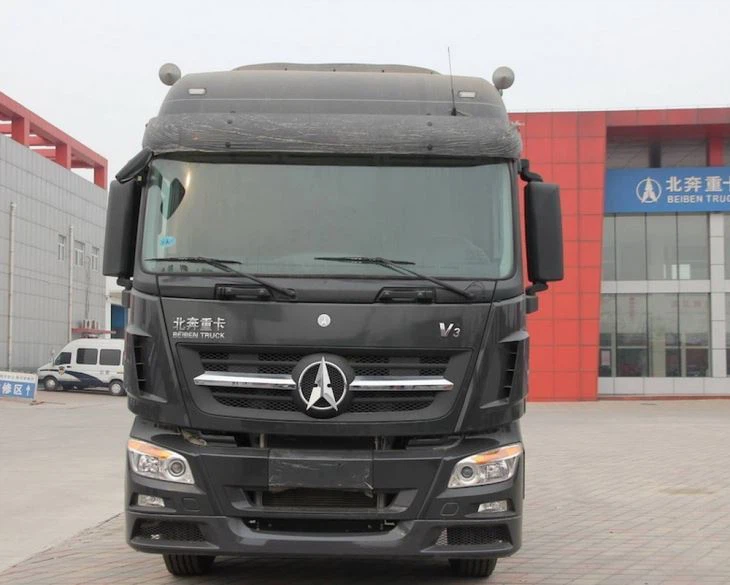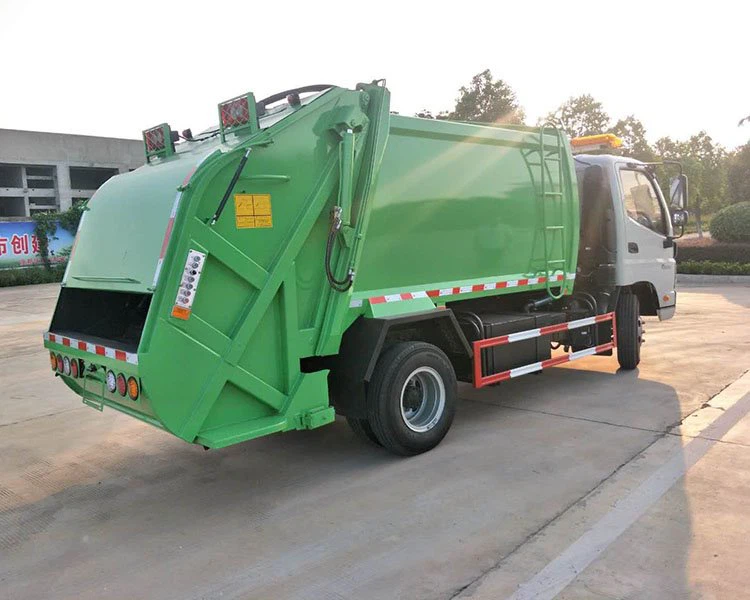Rear Load Trash Trucks for Sale: A Comprehensive Buying Guide

Introduction

If you are in the waste management industry or a municipality looking for new methods to improve your collection services, rear load trash trucks are essential. Their design offers efficiency and performance that meet the needs of diverse applications. This article explores every aspect of rear load trash trucks, especially focusing on features, buying tips, maintenance, and the latest market options available for sale.
What Are Rear Load Trash Trucks?
Rear load trash trucks are specialized vehicles designed for waste collection and disposal. They feature a mechanism at the back that allows for easy loading of trash into the truck’s compaction chamber. These trucks are commonly used by waste management companies, municipalities, and construction sites due to their efficiency and compact design.
Key Features of Rear Load Trash Trucks
- Loading Mechanism: The compaction mechanism efficiently compresses waste to maximize load capacity.
- Capacity: Typically available in configurations ranging from 10 to 30 cubic yards.
- Durability: These trucks are built to withstand the demands of daily waste collection, featuring heavy-duty materials.
- Ergonomics: Designed for easy access and operations, reducing strain on operators during collection.
Types of Rear Load Trash Trucks
There are various types of rear load trash trucks, each offering unique features catering to different needs.
Conventional Rear Loaders
Conventional rear load trash trucks are the most common type of rear loaders. They use manual or automated loading systems and are typically used in residential and small commercial applications.
Heavy-Duty Rear Loaders

Heavy-duty rear load trash trucks are built for tougher environments, such as construction sites and large commercial areas. They often come with larger compaction ratios and higher capacity.
Automated Rear Loaders
These trucks feature automated systems that allow one operator to manage the truck, reducing labor needs and improving efficiency. They often use hydraulic arms to lift bins into the loading chute.
Benefits of Using Rear Load Trash Trucks
The use of rear load trash trucks presents numerous advantages for waste collection services.
1. Efficiency
Rear load trucks maximize compaction, allowing operators to collect larger loads, reducing the number of trips required to disposal sites.
2. Accessibility
These trucks are designed to work in tight spaces, making them ideal for urban areas where space may be limited.
3. Versatility
Rear load trucks are suitable for various waste types, from municipal solid waste to construction debris.
4. Cost-Effectiveness
Investing in rear load trucks can reduce operational costs in the long run due to their durability and efficiency, leading to lower fuel and maintenance expenses.
Factors to Consider When Buying Rear Load Trash Trucks
Purchasing a rear load trash truck is a significant investment. Here are vital factors to consider:
1. Desired Capacity
Decide on the capacity you’ll need based on your waste disposal requirements. Generally, the larger the capacity, the fewer trips you’ll have to make.
2. Brand and Model
Research different brands and models available in the market. Popular manufacturers include Mack, Kenworth, and Freightliner. Each brand has its unique features and reliability.
3. New vs. Used Trucks
Consider whether to buy new or used trucks. New trucks come with warranties and the latest technology, while used trucks can offer significant savings if in good condition.
4. Maintenance History
If considering a used truck, always review the maintenance history to ensure its reliability and performance.
5. Availability of Parts
Ensure that parts and service for the desired model are readily available in your area. This ensures you can maintain and repair the truck as needed without delays.
6. Budget
Establish your budget upfront, including the costs for not just the initial purchase but also fuel, maintenance, and possible financing options.
Practical Examples of Rear Load Trash Trucks for Sale
Here, we provide practical examples of available rear load trash trucks on the market.
Example 1: Mack LR Model
The Mack LR model is known for its durability and high performance. It offers a load capacity of 25 cubic yards and is well-suited for urban waste collection.
Example 2: Freightliner M2 112
The Freightliner M2 112 truck features a comfortable cabin and efficient fuel usage. It can carry up to 20 cubic yards of waste and is ideal for residential routes.
Example 3: Peterbilt 320
This model is popular for its versatility. The Peterbilt 320 can be customized for different waste collection needs and offers excellent maneuverability in tight spaces.
How to Maintain Rear Load Trash Trucks
Regular maintenance is crucial to ensure the longevity and efficiency of rear load trash trucks. Here are some maintenance tips:
1. Conduct Regular Inspections
Inspect your truck for any signs of wear, including brakes, suspension, and hydraulic systems, at least once a month.
2. Clean the Truck Regularly
Routine cleaning not only enhances the truck’s appearance but also prevents the buildup of waste material that can cause odor and corrosion.
3. Follow Manufacturer Guidelines
Ensure you adhere to the maintenance schedule provided by the manufacturer to prevent unexpected breakdowns.
4. Keep Records
Maintain detailed records of all repairs, inspections, and services performed on the truck. This is essential for tracking the vehicle’s history and resale value.
Where to Buy Rear Load Trash Trucks
Finding the right dealer or marketplace is essential when purchasing rear load trash trucks. Consider these options:
1. Authorized Dealers
Authorized dealers provide new trucks and often have a selection of certified pre-owned vehicles. They can also offer financing and warranties.
2. Online Marketplaces
Websites such as eBay, Craigslist, or specialized automotive websites list various models. Ensure to verify the seller’s reputation and the truck’s condition.
3. Auctions
Government and municipal auctions can be a great source for used trash trucks at competitive prices. However, careful inspection is necessary.
4. Trade Shows and Expos
Attending waste management trade shows can provide opportunities to view and test multiple trucks, as well as negotiate deals directly with manufacturers.
Cost of Rear Load Trash Trucks
The cost of rear load trash trucks varies widely based on factors such as age, manufacturer, condition, and features. Here’s a basic overview:
| Truck Type | Estimated Price Range |
|---|---|
| New Conventional Rear Loaders | $100,000 – $160,000 |
| Used Conventional Rear Loaders | $40,000 – $80,000 |
| New Heavy-Duty Rear Loaders | $150,000 – $200,000 |
| Used Heavy-Duty Rear Loaders | $70,000 – $120,000 |
FAQ Section
1. What is the average lifespan of a rear load trash truck?
The average lifespan varies but is typically around 10-15 years, depending on the maintenance and usage conditions.
2. What are the common problems with rear load trash trucks?

Common issues can include hydraulic system failures, brake problems, and compaction system malfunctions if not maintained properly.
3. Are rear load trash trucks suitable for residential areas?
Yes, rear load trash trucks are well-suited for residential areas due to their compact size and maneuverability.
4. Can I customize a rear load trash truck?
Many manufacturers offer customization options, allowing you to tailor the truck to fit your specific waste collection needs.
5. What types of waste can be collected with rear load trucks?
Rear load trucks can handle a wide variety of waste types, including municipal solid waste, recyclables, and construction debris.
6. How do I choose between a new and a used rear load trash truck?
Consider your budget, required features, and the truck’s condition. New trucks may provide better reliability, while used trucks offer cost savings.
